![]() back to Portraits of Potteries People
back to Portraits of Potteries People
Biographies
of people from the Stoke-on-Trent &
Newcastle-under-Lyme Conurbations
Joseph Mellor
Joseph
William Mellor b.1869 d.1938
|
Chemist and ceramist, director of the British Refractories Research Association.
Early education
|
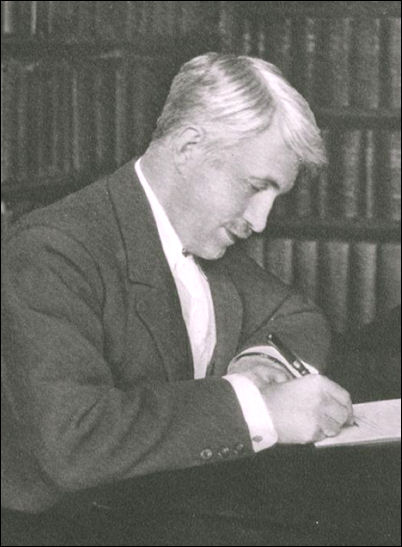
Joseph
William Mellor D.Sc., C.B.E., Fellow of the Royal Society
1869 - 1938
Mellor in New Zealand
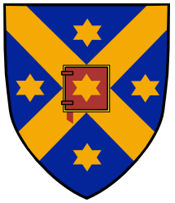
MOTO:
"Dare to be Wise"
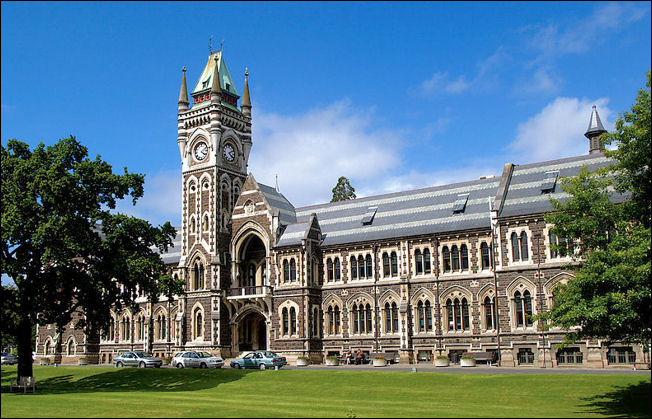
University
of Otago, New Zealand
photo: Ulrich Lange
|
Joseph Mellor attended the University of Otago - He completed his B.Sc. in 1897, winning the senior scholarship in chemistry. Twelve months later he took first-class honours and, as the preeminent science student of his year, was awarded the 1851 Science Exhibition Scholarship. This research scholarship was at Manchester University, England. |
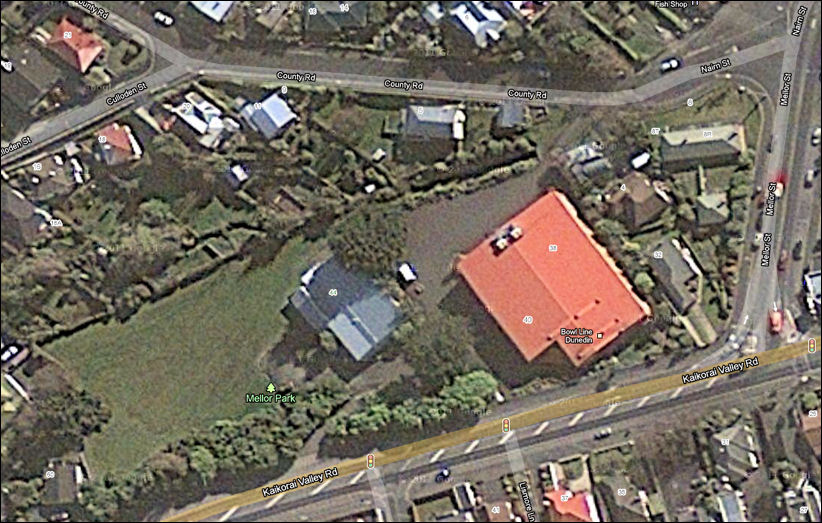
Mellor
Park and to the right Mellor Street in Dunedin, Otago, New Zealand
in the same city as Otago University where Joseph Mellor graduated
| There is a commemorative plaque at Otago University, and Dunedin has named after him a park and a street in the Kaikorai Valley, where he spent his youth. |
Mellor's work in Stoke-on-Trent
|
In 1899 Joseph Mellor moved back to England, being awarded a research scholarship which he carried out at the University of Manchester. During his full time research Mellor published a series of papers on the reaction between hydrogen and chlorine, wrote his first textbook, and gained the D.Sc. degree from the University of New Zealand. Around 1902 he took a teaching appointment at the grammar school in Newcastle-under-Lyme - this first brought him into touch with the Staffordshire pottery industry. Soon he was giving lectures to evening classes on ceramics, amongst other subjects. In 1905 he took charge of the County Pottery Laboratory, Tunstall, and became secretary and editor to the Ceramic Society. His academic reputation was such that in 1908 he was offered (but declined) the chair of chemistry in the University of Sydney, Australia. |

Queen
Victoria Jubilee Building, Tunstall
the County Pottery Laboratory
|
In 1905 Joseph Mellor took charge of the County Pottery Laboratory which had been established in the Queen Victoria Institute, Tunstall, he also became secretary and editor to the Ceramic Society.
During the First World War his chief work concerned the improvement of refractory linings of steelmaking furnaces. This was because German and Austrian materials could no longer be obtained.
Thereafter this laboratory was merged within the newly formed British Refractories Research Association, where Mellor remained as director until his retirement in 1937, though pressing on at the same time with the writing of his monumental Comprehensive Treatise on Inorganic and Theoretical Chemistry. |
Mellor's tecnical publications
|
Mellor wrote varied academic texts culminating in the 16 volumes of the Comprehensive Treatise, totalling 15,000 pages, packed with fully referenced information abstracted directly from the world's chemical journals. Mellor is best known in the scientific world for his writings on pure chemistry. These writings fall into three groups.
By 1920 almost a hundred papers with Mellor's name, had appeared from the Tunstall Laboratory. |
 1902 |
 1904 |
 1905 |
 vol 1 1914 |
 vol 1 1922 |
|
Mellor was a prolific writer of text books on such subjects as chemistry, clays & pottery, refractories, iron & steel. Between 1921 and 1937 he wrote a 16 volume work "A Comprehensive Treatise on Inorganic and Theoretical Chemistry" which, in part, led to his election as a Fellow of the Royal Society. |
1927 - Mellor elected Fellow of the Royal Society
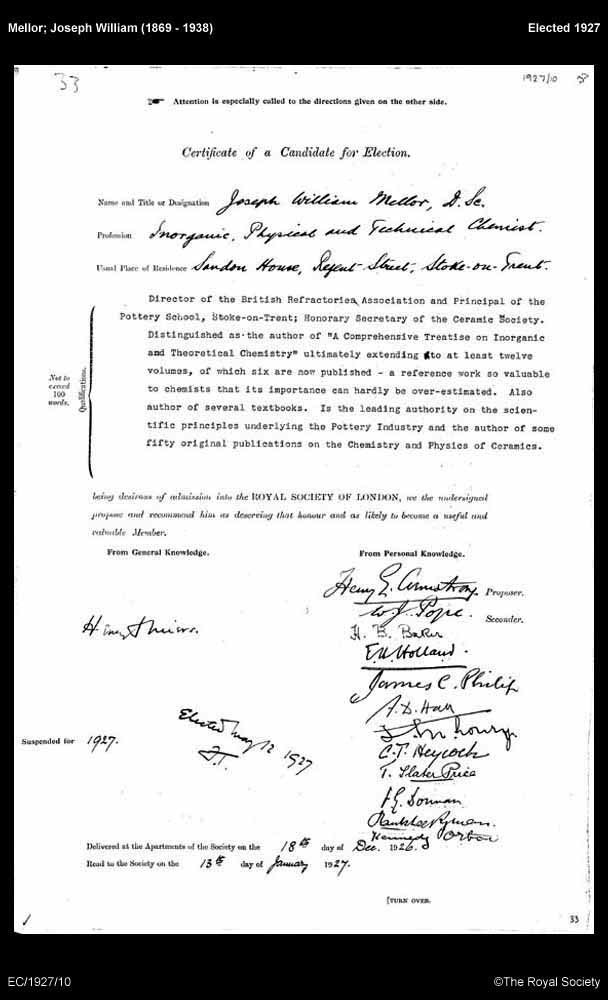
|
Certificate of a Candidate for Election Name
and Title: Joseph William Mellor, D.Sc. Director of the British Refractories Association and Principal of the Pottery School, Stoke-on-Trent; Honorary Secretary of the Ceramic Society. Distinguished as the author of 'A Comprehensive Treatise on Inorganic and Theoretical Chemistry' ultimately extending to at least twelve volumes, of which six are now published - a reference work so valuable to chemists that its importance can hardly be over-estimated. Also author of several textbooks. Is the leading authority on the scientific principles underlying the Pottery Industry and the author of some fifty original publications on the Chemistry and Physics of ceramics. |
Mellor and the Stoke-on-Trent Technical College
|
In 1901 a site on Victoria Road (now College Road) was obtained and in 1906 mining classes began there.
In 1915 a department was established for the commercial production of Seger cones (used to measure and control the temperatures of ceramic furnaces) based upon research completed by the principal, Dr Joseph Mellor.
The college eventually became the North Staffordshire Polytechnic - in 1992 it became Staffordshire University. The Mellor building was built by 1960, opposite the original college buildings. |
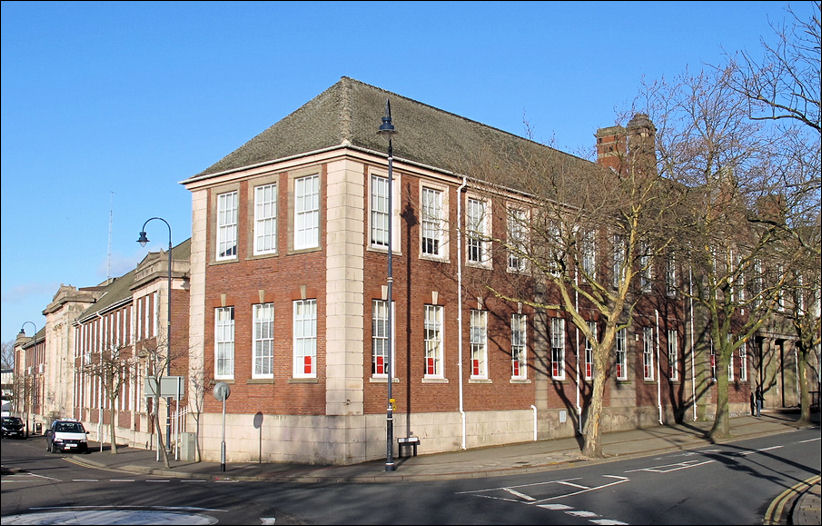
The original Stoke-on-Trent Technical College specialised in Ceramics and Mining -Joseph Mellor was the Principal
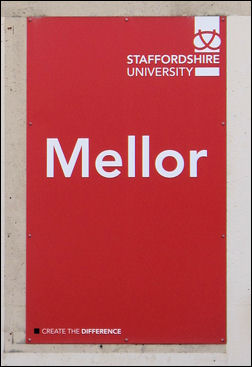
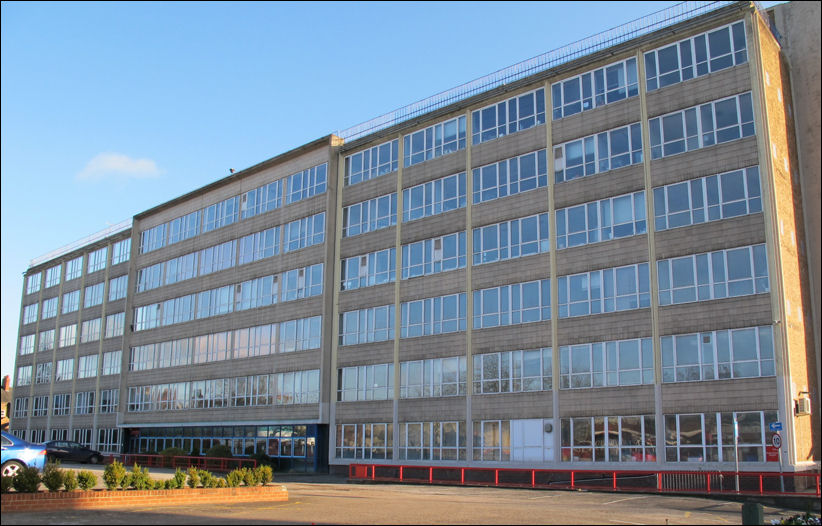
The Mellor Building at Staffordshire University
Uncle Joe's Nonsense
Mellor's principal work is A Comprehensive Treatise on Inorganic and Theoretical Chemistry (1922-37), a vast and exhaustive work.
The lighter side of his nature was shown in the collection of light hearted stories and pen sketches "Uncle Joe's Nonsense" (1934) which he wrote for his nephews and nieces in New Zealand.
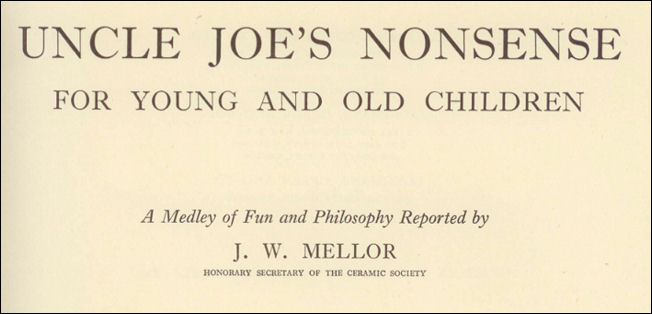
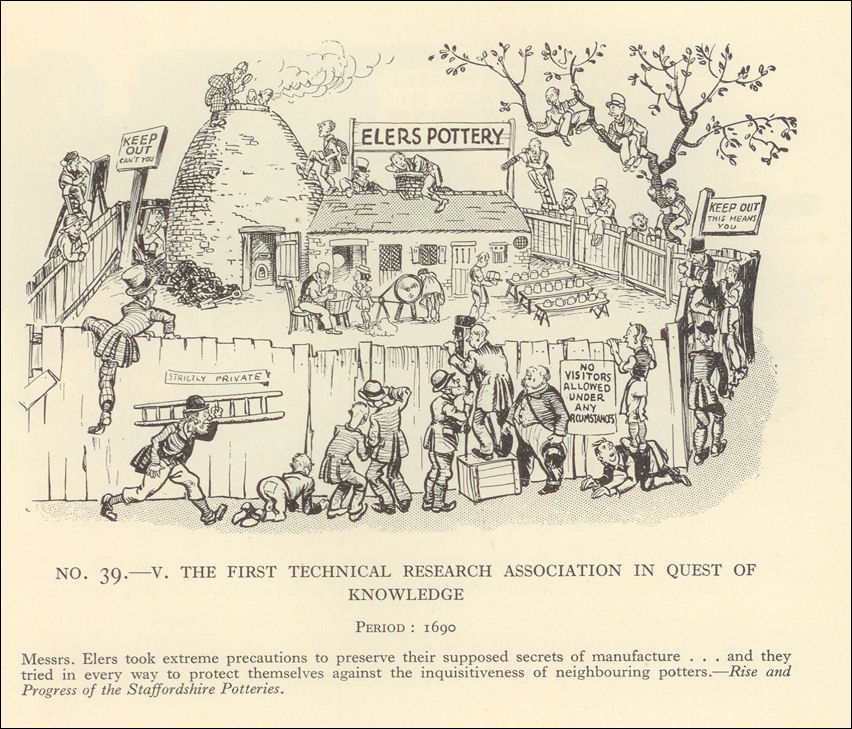
The
First Technical Research in Quest of Knowledge
perior : 1690
|
"Messrs. Elers took extreme precautions to preserve their supposed secrets of manufacturer... and they tried in every way to protect themselves against the inquisitiveness of neighbouring potters" - Rise and Progress of the Staffordshire Potteries. |
|
Obituary Notices of Fellows of the Royal Society, Vol. II, 1936–38 (1939). 'MELLOR, Joseph William, C.B.E., F.R.S.', from An Encyclopaedia of New Zealand, edited by A. H. McLintock, originally published in 1966. |
|
Footnote on ceramic reasearch in Stoke-on-Trent The British Refractories Research Association was formed in 1920 under Mellors direction. The pottery industry was required by the Import Duties Advisory Committee in 1937 to create a research association, so the British Pottery Research Association was formed in 1937. The two combined in April 1948 as the British Ceramic Research Association and a new building was opened in Penkull in 1951. |
|
related pages British Ceramic Research Association external pages.. Joseph Mellor - An Encyclopedia of New Zealand |